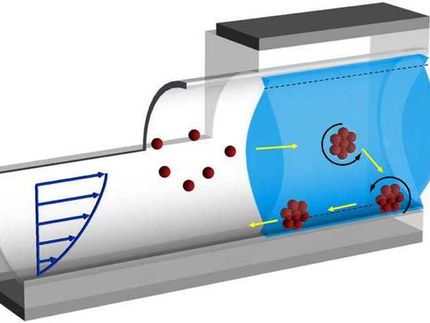Microplastics in the Environment: Which Sources Are Relevant?
Advertisement
Scientific studies have shown that the litter found in oceans and inland waters is dominated by plastics. Besides large items such as plastic bottles and bags, the occurrence of microplastics has also been verified in water bodies, sediments and on the beaches of the world's oceans. These alarming results prompted the Federal Environment Agency to commission a study to produce a first approximation of the amounts of microplastics used in cosmetic products on the market in Germany and the European Union, conduct research into further areas of application for microplastics and determine their amounts of use, and identify other sources of microplastics and estimate their quantity.
nova-Institute gathered the relevant data by comprehensively analysing available literature and conducting telephone interviews. A distinction was drawn between primary and secondary microplastics. Primary microplastics are directly manufactured as microscopic particles that are used in cosmetics and other applications. Secondary microplastics are fragments of macroscopic plastic materials which arise, for instance, through the fragmentation of plastic bottles or abrasion of tyres and textiles.
Initial estimates indicate that every year approximately 500 tonnes of primary microplastics are used in cosmetic products. The authors put the quantities used in detergents, disinfectants and blasting agents in Germany at less than 100 tonnes per year each, whereas between 60,000 and 111,000 tonnes of microplastics can arise due to tyre abrasion.
It is estimated that each year between 6 and 10% of global plastics production ends up as marine litter. For Europe, this is equivalent to 3.4 to 5.7 million tonnes of plastics that are a source of microplastics.
It can take centuries for plastics to degrade in the oceans through physical, chemical and biological processes. “We are not only creating great challenges for the environment but also for future generations, since we do not know enough either about input paths and transport mechanisms of microplastics nor about direct and indirect consequences of their littering. Besides basic research, we have to make an effort and find solutions to limit plastic input in the environment”, stresses Roland Essel, author of the study.
Manufacturers of cosmetics do not need to add long-lasting microparticles from conventional plastics to their products, or they can substitute them with other materials. Alongside natural products such as apricot kernels, minerals, beeswax, Carnauba and rice wax, bio-based and biodegradable polymers are also being discussed as substitute options. Consumers have also an obligation to apply the right separating systems to dispose of litter. Illegal waste disposal and ocean dumping could be pursued and penalised more severely. Furthermore, the plastics industry can help solving the problems with efficient production processes and reinforcing product responsibility. Solutions for different sources of micro particles are the focal point of our international conference end of November.

























































